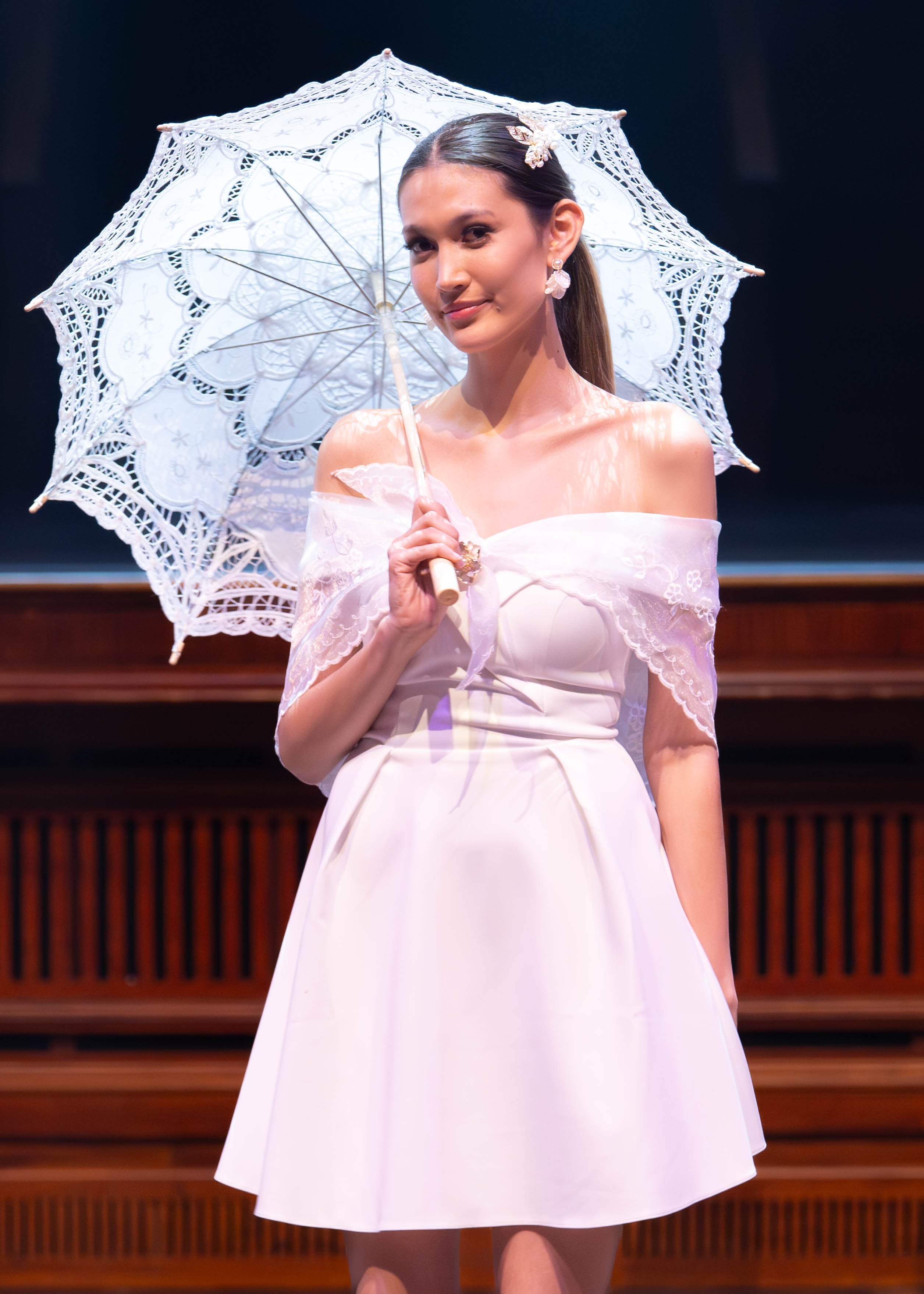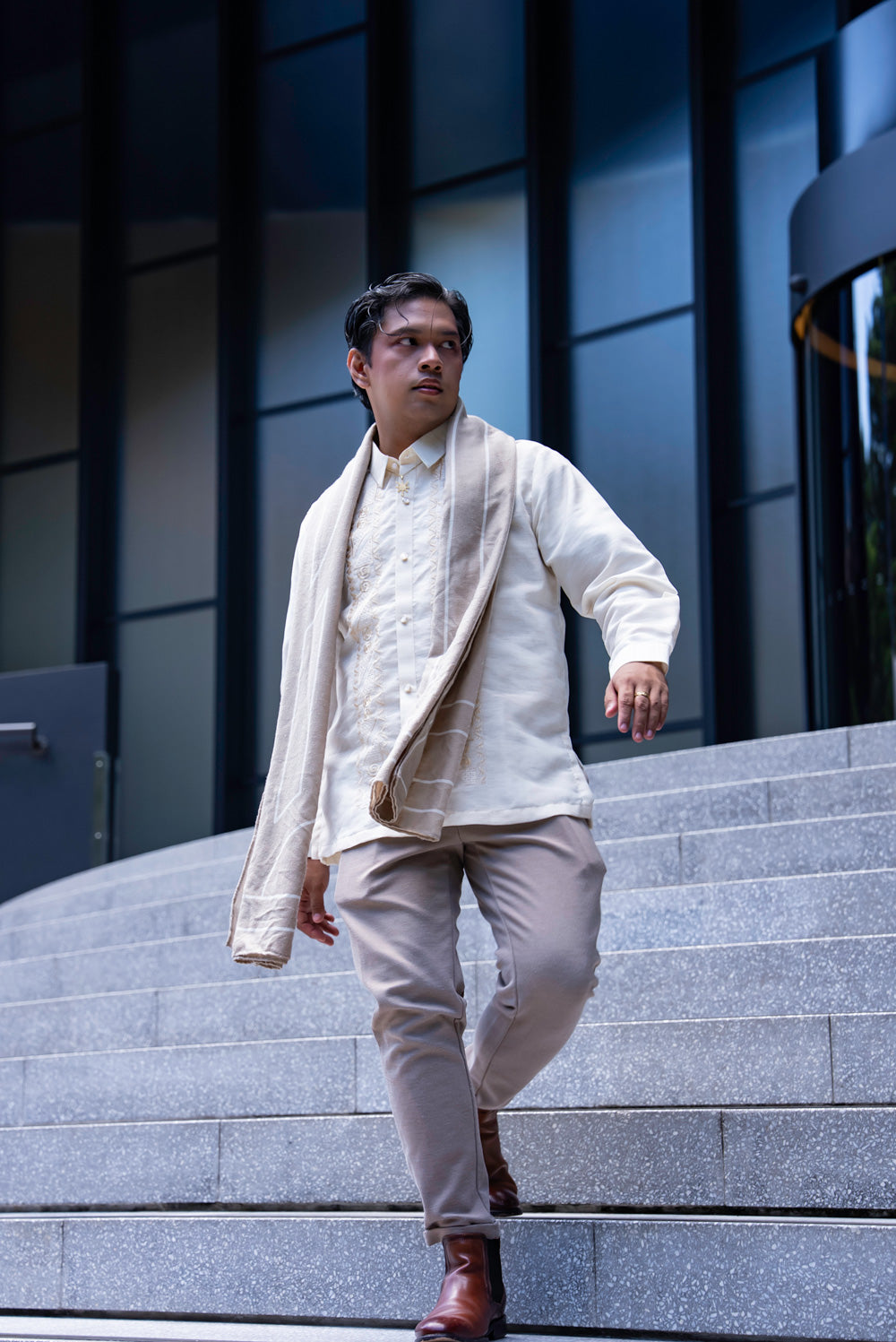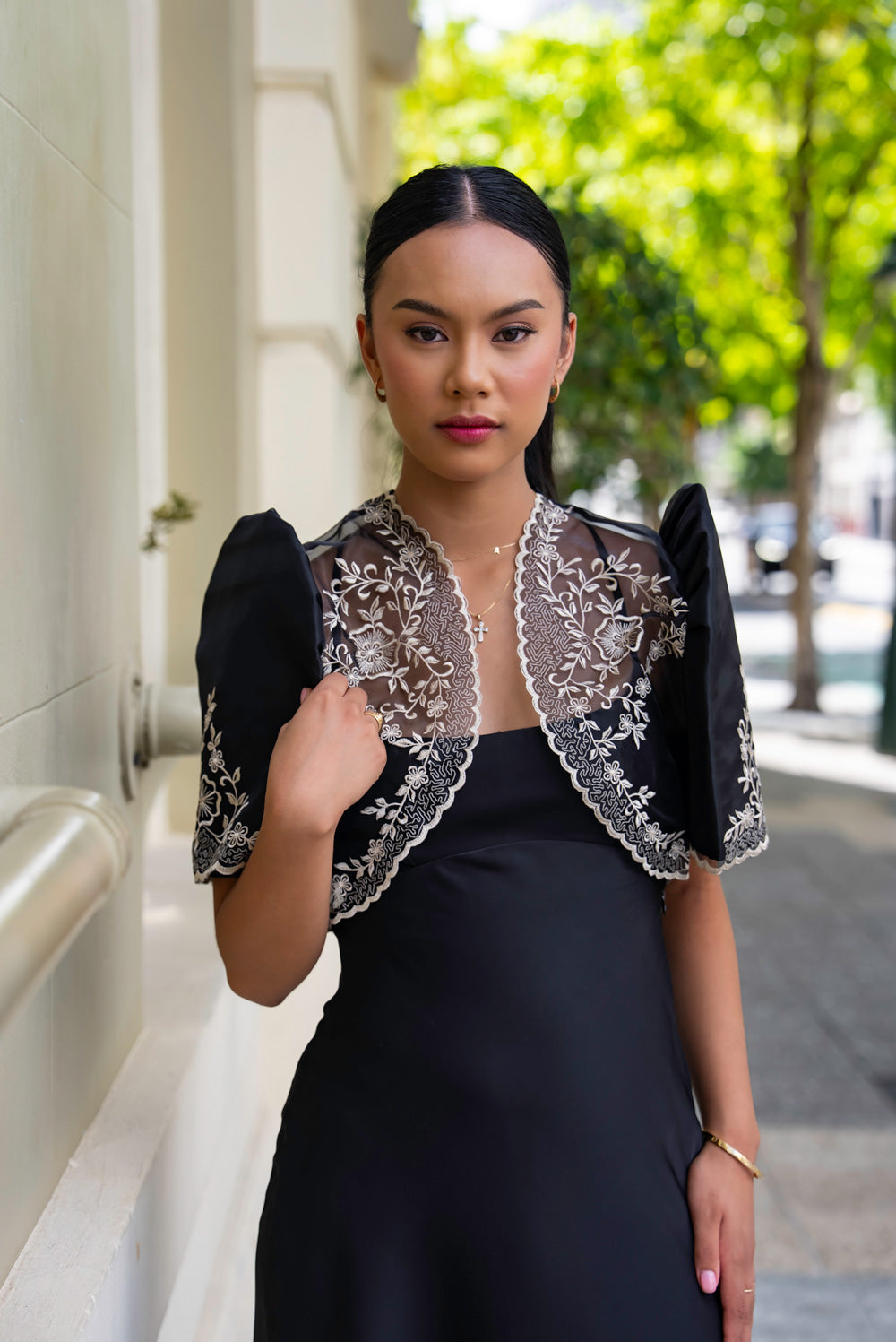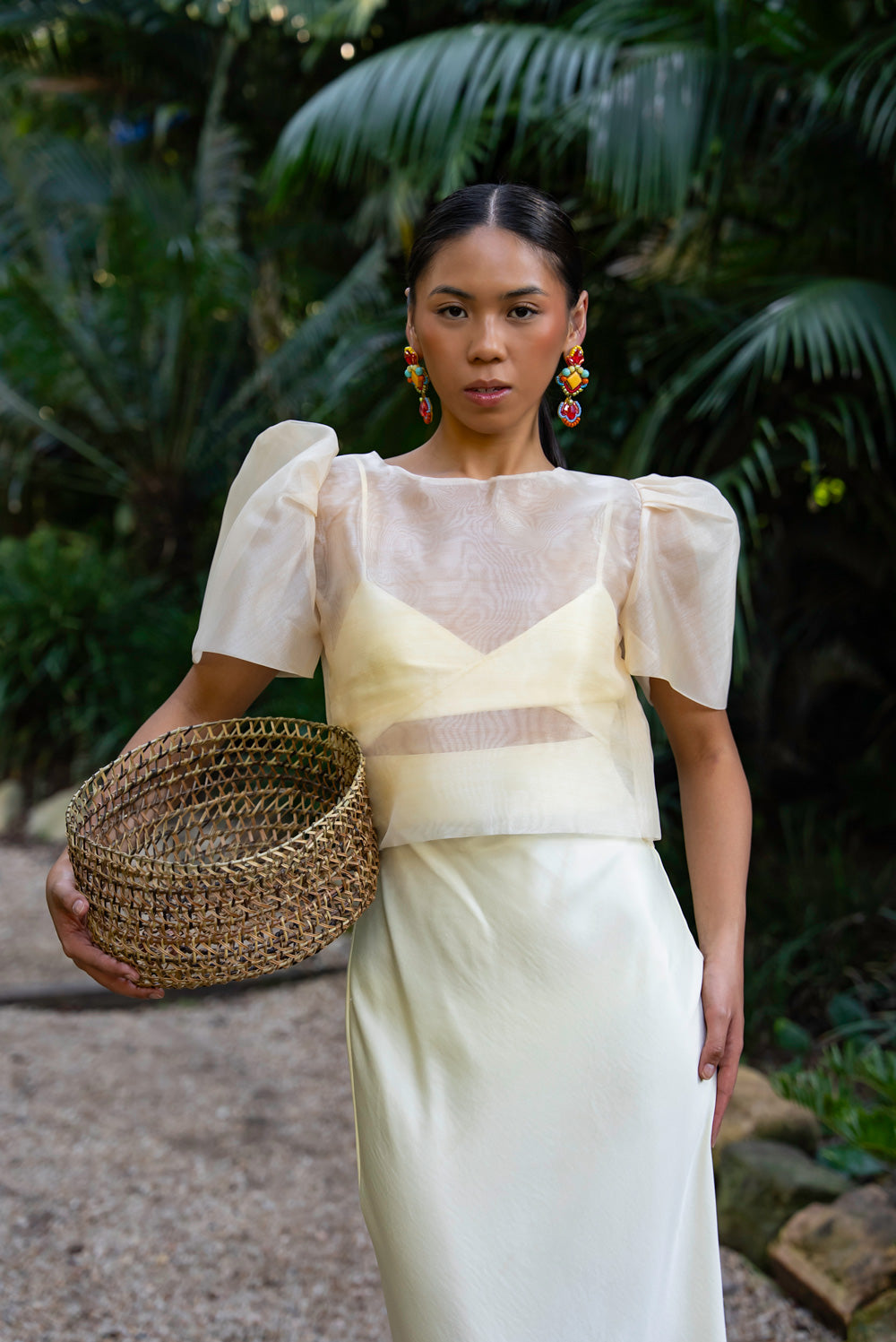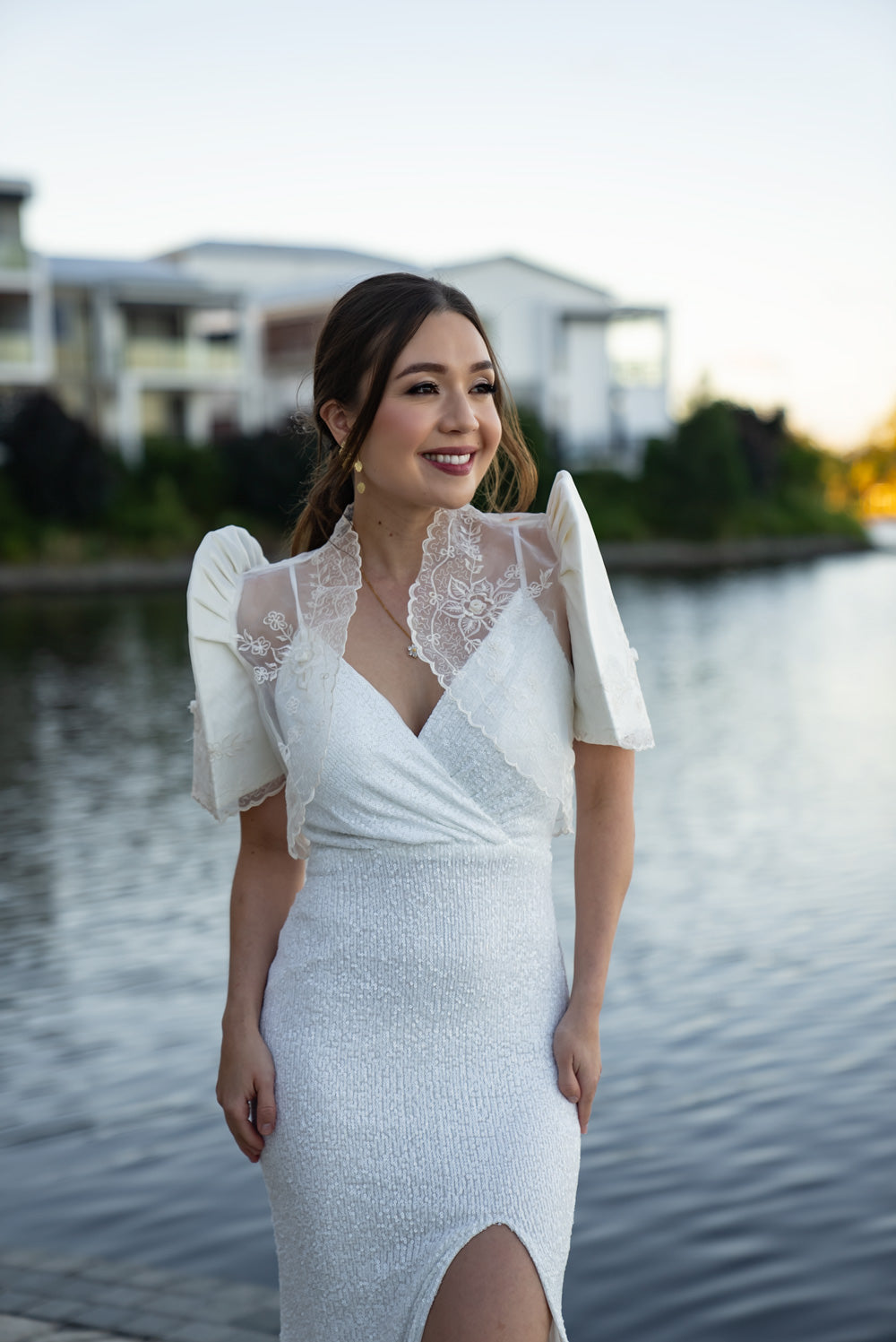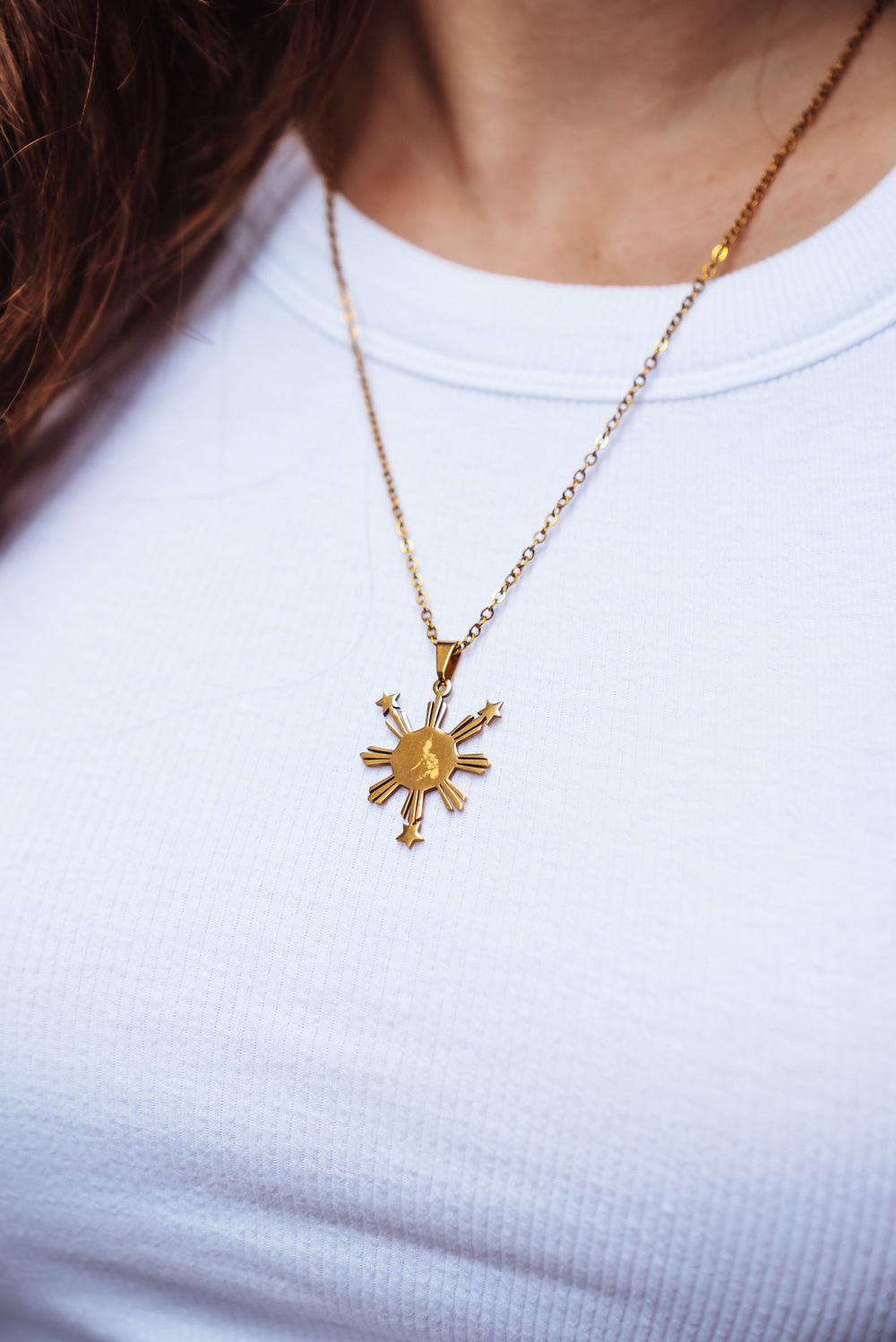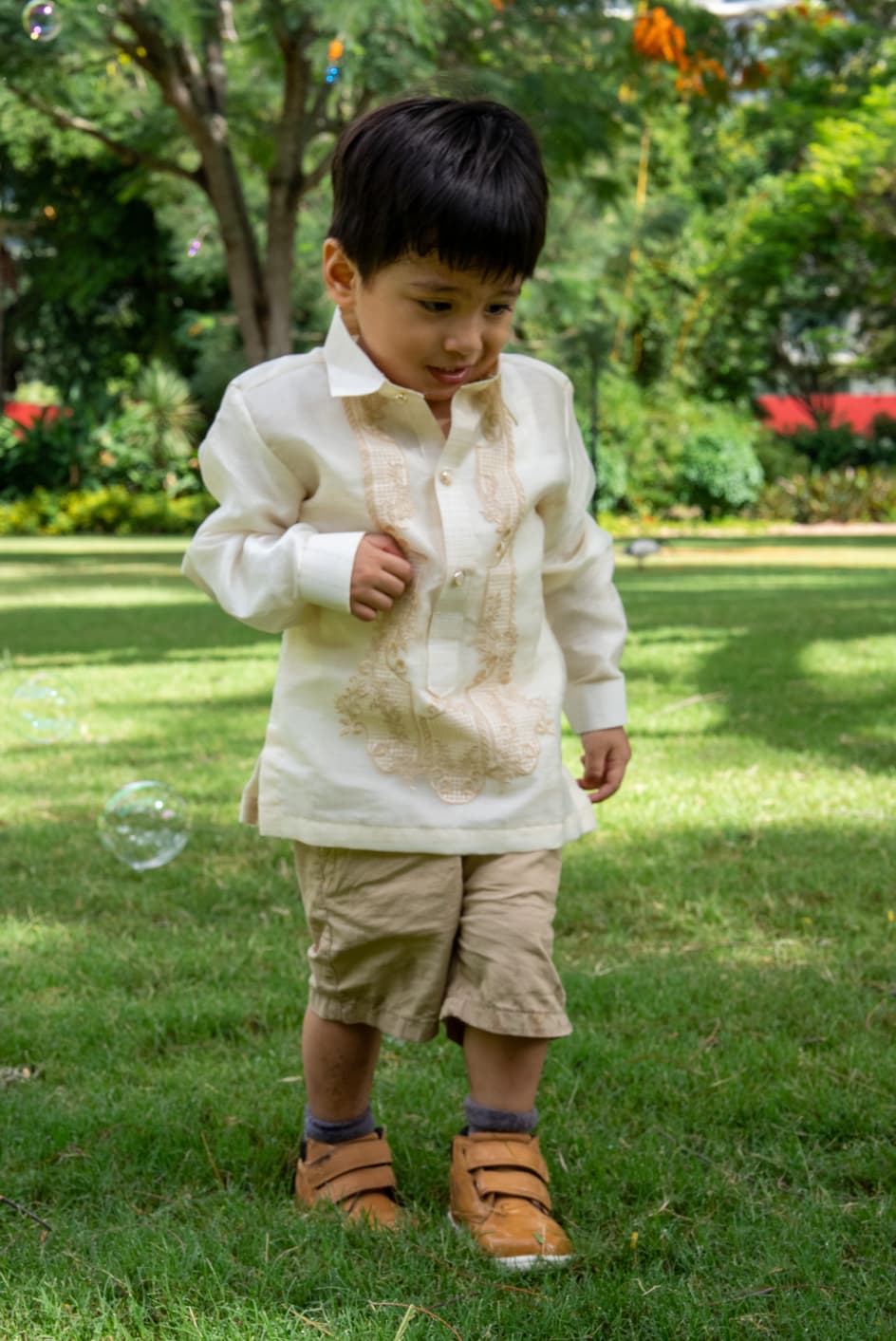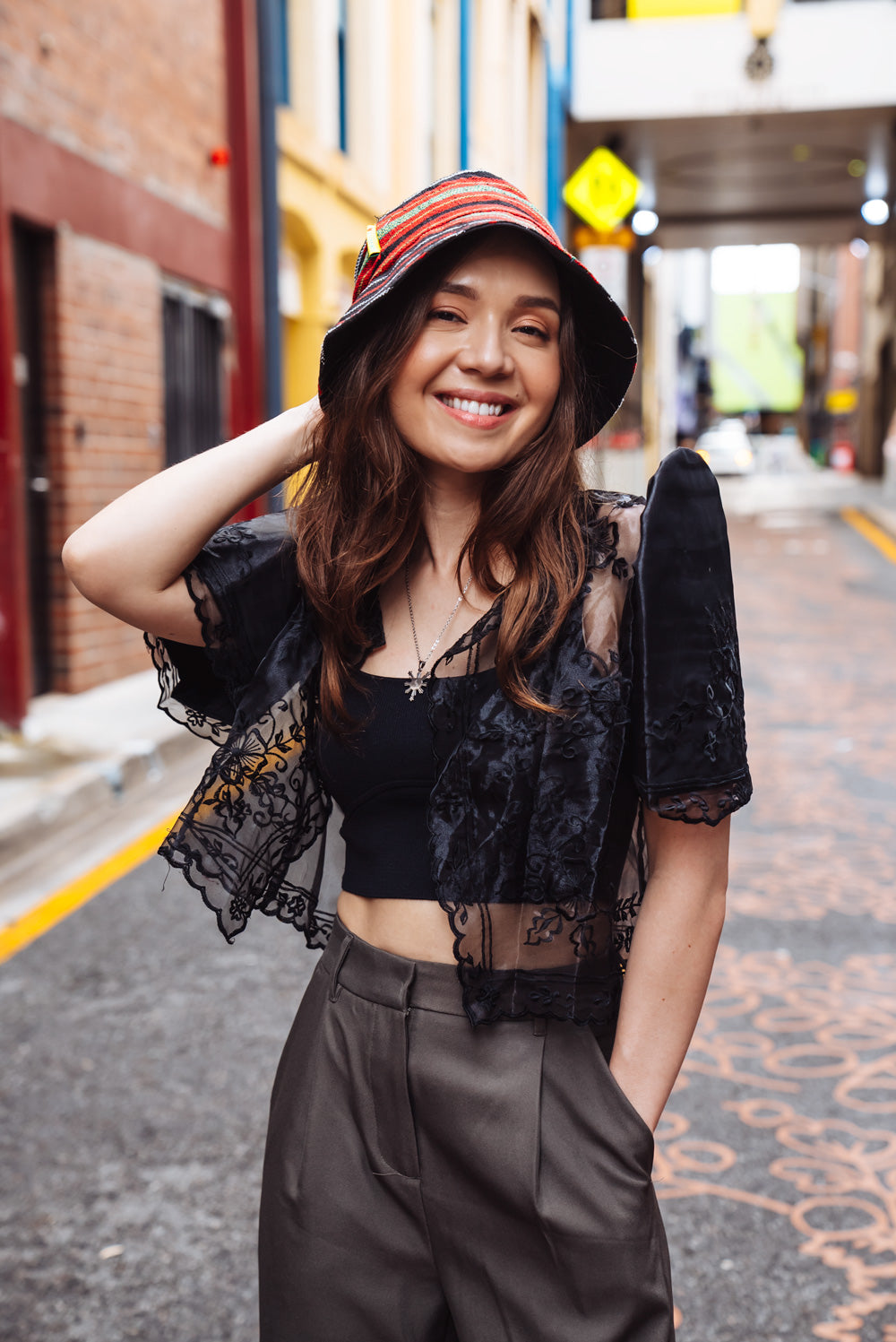Filipiniana fashion has long been a symbol of the rich cultural identity and history of the Philippines, representing the Filipino people's artistry, craftsmanship, and ingenuity. Its appeal has transcended time and geographical boundaries, serving as a constant reminder of the nation's heritage and cherished traditions. Today, through innovative designs and reinterpretations, Filipiniana fashion remains an influential force in the modern world, moving beyond novelty and finding its place in contemporary wardrobes.
In this article, we invite you to join us on a captivating journey through the history of Filipiniana fashion, as we uncover its origins, explore the cultural influences that have shaped its evolution, and delve into the impact of modern Filipino designers. Additionally, we'll reveal how Mestiza Filipina's collection of modern Filipiniana attire expertly bridges the past and the present, offering a curated selection of garments that carry the essence of Filipino heritage while appealing to the fashion preferences of today's discerning consumers.
From the iconic barong tagalog to the elegant terno, the world of Filipiniana fashion is a tapestry of vibrant colours, luxurious fabrics, and intricate craftsmanship. As we embark on this fascinating historical journey, prepare to discover the beauty, resilience, and ingenuity that lie at the heart of one of the world's most captivating and enduring fashion styles. With Mestiza Filipina by your side, you, too, can embrace the allure of Filipiniana fashion and incorporate its timeless beauty into your everyday wardrobe.
1. The Origins of Filipiniana Fashion
a. Pre-Colonial Influence: The history of Filipiniana fashion can be traced back to the pre-colonial era when indigenous tribes across the Philippine archipelago adorned themselves with distinctive garments made from locally sourced materials, such as abaca and piña fibres. Intricate weaving, embroidery, and beadwork techniques showcased the exceptional craftsmanship of these early Filipino artisans.
b. Spanish Colonisation and its Impact: The Spanish colonisation of the Philippines in the 16th century brought European fashion influences that significantly impacted the evolution of traditional Filipino attire. The merging of indigenous and European styles gave birth to iconic garments like the barong tagalog and the terno, which continue to symbolise Filipiniana fashion today.
2. Key Elements of Traditional Filipiniana Fashion
a. The Barong Tagalog: A signature garment in Filipino fashion, the barong tagalog is a lightweight, embroidered shirt traditionally crafted from piña or jusi fabric. Worn by men during formal occasions, it embodies the essence of Filipino culture through its intricate embroidery and inherent elegance.
b. The Terno: The terno, known for its distinct butterfly sleeves, is one of the most recognisable symbols of Filipiniana fashion. Traditionally reserved for women, the terno exemplifies Filipino artistry and style. Over time, modern designers have reimagined the terno by incorporating contemporary elements and updating silhouettes to cater to evolving fashion trends.
3. The Influence of Modern Filipino Designers
a. Reinventing the Classics: As Filipino fashion continues to evolve, contemporary designers have taken on the challenge of reinventing classic Filipiniana garments to appeal to modern tastes. By incorporating new materials, silhouettes, and design elements, they have successfully elevated traditional attire to new heights of glamour and sophistication.
b. International Recognition: Modern Filipino designers such as Rajo Laurel, Michael Cinco, and Monique Lhuillier have gained worldwide recognition for their fresh, innovative takes on Filipiniana fashion. Their work pushes the boundaries of traditional Filipino attire and places the Philippines firmly on the global fashion map.
4. The Role of Mestiza Filipina in Celebrating and Preserving Filipiniana Fashion
a. Honouring Cultural Heritage: Mestiza Filipina prides itself on its dedication to preserving and promoting the rich heritage of Filipiniana fashion. Through their expertly crafted collection, they offer a platform for Filipino artisans to showcase their skills, while providing customers with access to authentic, high-quality garments that pay homage to the country's cultural roots.
b. Bridging the Gap Between Tradition and Modernity: Mestiza Filipina successfully combines traditional Filipino craftsmanship with modern design elements in their curated collection of Filipiniana attire. Customers can enjoy the best of both worlds, experiencing the timeless allure of cultural fashion while embracing contemporary styling and comfort.
Conclusion
Filipiniana fashion stands out as a testament to the Filipino people's rich cultural heritage and remarkable artistry. From its pre-colonial roots to its modern reinterpretations, Filipiniana fashion continues to captivate audiences with its diverse influences, enduring appeal, and unique blend of tradition and innovation. Mestiza Filipina's dedication to celebrating and preserving the essence of Filipiniana fashion ensures that this iconic style will remain an influential force in the fashion world, both in the Philippines and beyond.
Embrace the timeless beauty and sophistication of Filipiniana fashion with Mestiza Filipina. Browse our exquisite collection of modern Filipiniana attire, including expertly crafted barong tagalog, refined terno dresses, and elegant accessories. Visit our online store today and let Mestiza Filipina help you incorporate the allure of Filipino heritage into your wardrobe, whether for special occasions or everyday wear. Discover the myriad possibilities that await you in the enchanting world of Filipiniana fashion.


